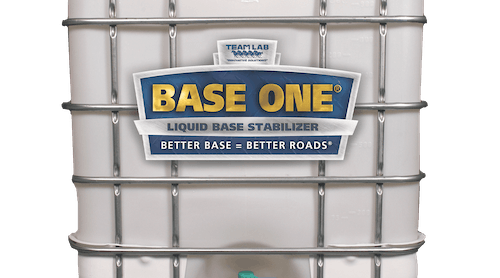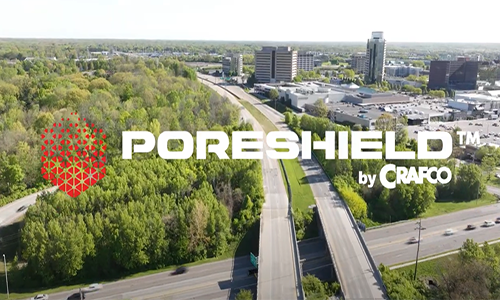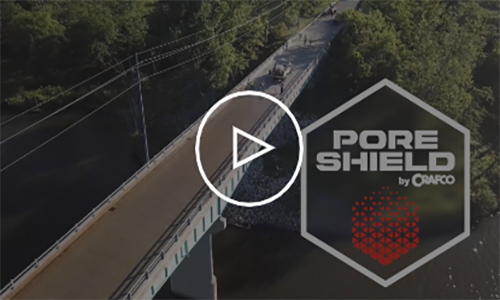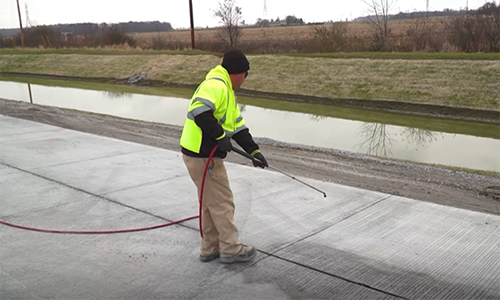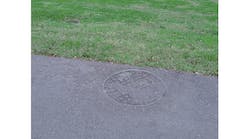By Gavin Jenkins, Senior Managing Editor
The bipartisan Infrastructure Investment and Jobs Act (IIJA) is a once-in-a-generation law that promises to transform America’s roads and bridges for our children and grandchildren. Many of the projects will be launched in the nation’s southern states, and the industry’s technological advancements will play a pivotal role in this overhaul. For these reasons, Dustin Parkman, the vice president of mobility at Bentley Systems, is the perfect choice to kick off our Team Leaders series.
Parkman, 47, and his wife have three sons and live in suburban New Orleans. Raised in a rural town in Mississippi, he attended the University of Southern Mississippi where he studied information management systems. After working briefly in the oil industry as a software developer, he joined Bentley Systems in 2002.
“I’ve devoted a large part of my life to developing software products and technology for the infrastructure community,” Parkman said.
I sat down with Parkman in London, during Bentley’s Year in Infrastructure and Going Digital Awards event in November. The following Q&A was edited and condensed for this article:
How is the process from design to construction evolving?
The market is moving away from a traditional, paper-based model. Even though it is digital today, it is still just digital paper to a large degree. There hasn’t been an automated way to easily access any post-construction information, which makes it a challenge to handover useful information up stream or downstream from the construction process. We’ve been bridging that gap with model-based design. This allows the models that are created in the design stage to flow in the native form downstream for construction. Everybody creates these amazing models, and then they take a left turn and export them into 2D-based plans. The contractors receive those plans, and then they must interpret that and remodel them for construction.
There is much that is lost in this process. There is risk because the information is not completely understood and there are a lot of things that are built into the bids to offset those risks. That is why we have been streamlining, from an engineering perspective, the deliverable of models. In the same way that you would create a distribution package of thousands of PDFs, you can segment certain areas of a model. Whether it is a 10% design, 20%, 30%, 60% or fully completed, you can provide the model at that particular state and understand the change over time that construction firms or construction management companies can receive by construction firms or construction management companies.
And then they can break the design model into constructible parts and simulate the construction virtually before any physical construction begins.
What will going from 3D to 4D and even 5D offer?
With your constructible components, you will be able to create or import a schedule based on the time increments of how the project will be built. With cost/5D applied to the material breakdown on top of that timeline, you can understand what your burn rate is going to be from a capital perspective and when material must be there.
Everything from work order management to quantity break down and scheduling, will empower users because all of that information can used in the field on mobile devices.
You can also simulate your construction timeline no matter where you are, but you can simulate it in context to burn rate to individual work crews.
Using these tools can help you identify diversions in your schedules and allow you to understand what the design and construction intents were supposed to be.
That is groundbreaking for the industry. And it leverages our core competencies, 3D and 4D technology.
How’s the infrastructure in Louisiana and Mississippi?
Like much of the U.S., many of the roads and bridges in the south are over 40 years old and in need of repair or replacement. And changing needs have placed new stresses on infrastructure that might not have been imagined when they were first designed and built.
I live right outside of New Orleans. It is a small suburban community that is exploding in growth. The road infrastructure is not in place to support that level of growth. There are many two-lane roads and smaller corridors, and they are increasingly busy and congested. What used to be a 30-minute commute, for example, is now a two-and-a-half-hour commute at peak times.
Like many areas in the south, overcoming congestion in urban areas has become a common tale. Departments of transportation are doing all that they can to catchup to this growth with new corridors, bridges, and other supporting infrastructure but it is often too little too late leaving commuters right back in the same situation within a span of only a few years.
But by digitizing this whole network, and understanding how people use it, you might be able to design the roads better and determine how traffic should flow in real-time with a digital footprint of the infrastructure.
When you think of the future, what kind of infrastructure do you see your grandchildren living in?
When I think about how the infrastructure sector can bridge the gap between increased demand and the limited capacity at hand, there is no doubt in my mind that the answer is by going digital. For example, digital twins can visualize and track changes, including changes in real-world conditions from IoT-connected devices, to help us gain insights through artificial intelligence (AI) and machine learning (ML). This technology will help us make better decisions, reduce risk, and improve sustainability.
I think the infrastructure of the future will be much more dynamic. I talked about this as far back as five years ago, where I was looking at the autonomy of things, self-driving cars and other IoT technology. I think we still have a long way to go. But I think those things will happen. I can imagine one day that you will be looking at a road and there are no lanes. It will be a flat space. And depending on the time, where the traffic is coming from, it could dynamically recreate itself — not physically, but digitally, where the lanes are. Open three lanes here, a lane there at certain hours a night. You could create prime freight lanes at nonpeak hours, allowing the input and allowing the network to be used much more optimally than it is today.
Will that happen in my kids’ lifetime? I hope it will. But that is the future that I envision, and I would envision that the things I am building today will play a foundational role in that digitization process. And 30 years from now, I am hoping something like that is possible. And the things that we are doing now pave the way to make that possible. R&B
To participate or nominate someone to be featured in our Team Leaders series, please email [email protected], with the subject line “Team Leaders.”


